Multilateral People-to-People Diplomacy: Some Lessons and Reflections
| Viet Nam Union of Friendship Organizations and Ensuring of Human Rights in Viet Nam | |
| VUFO Proactive and Effective in High-level Diplomatic Activities in Viet Nam |
Lesson on combining national strength with the strength of the times
From the earliest days after gaining independence, President Ho Chi Minh and our Party always emphasized the importance of combining national strength with the strength of the times, building a global front of peace-loving peoples who would struggle and support the just cause of Viet Nam. Multilateral people-to-people diplomacy became an important channel for realizing this policy.
In 1950, the World Peace Protection Committee of Viet Nam, now the Viet Nam Peace Committee, was established as the first multilateral people-to-people diplomatic organization of Viet Nam. Its mission was to unite the Vietnamese people widely and closely for a long resistance, and contribute forces to protecting world peace, linking Viet Nam’s national independence movement with the international peace movement. This reflected the strategic vision of the Party and President Ho Chi Minh on combining national strength with the strength of the times, as well as on the role and importance of people-to-people diplomacy in general and multilateral people-to-people diplomacy in particular in the revolutionary cause.
During the resistance war against the United States, multilateral people-to-people diplomacy became an important operational method. International conferences in solidarity with Viet Nam were organized in Stockholm, Paris, Havana, and many other cities around the world, all bearing the imprint of the activities of Vietnamese people’s organizations. During this period, the voice of the Vietnamese people for peace and justice contributed to stirring the conscience of humanity, creating a global people’s front that united and supported Viet Nam’s just struggle.
Entering the period of national construction and defense, renewal, and international integration, multilateral people-to-people diplomacy continued to play a role as a channel helping expand comprehensive cooperation in all fields. It actively brought the voice of the Vietnamese people to regional and global forums, contributing significantly to breaking blockades and embargoes, firmly safeguarding territorial sovereignty, maintaining a peaceful and stable environment, enhancing the country’s position, and attracting resources for development.
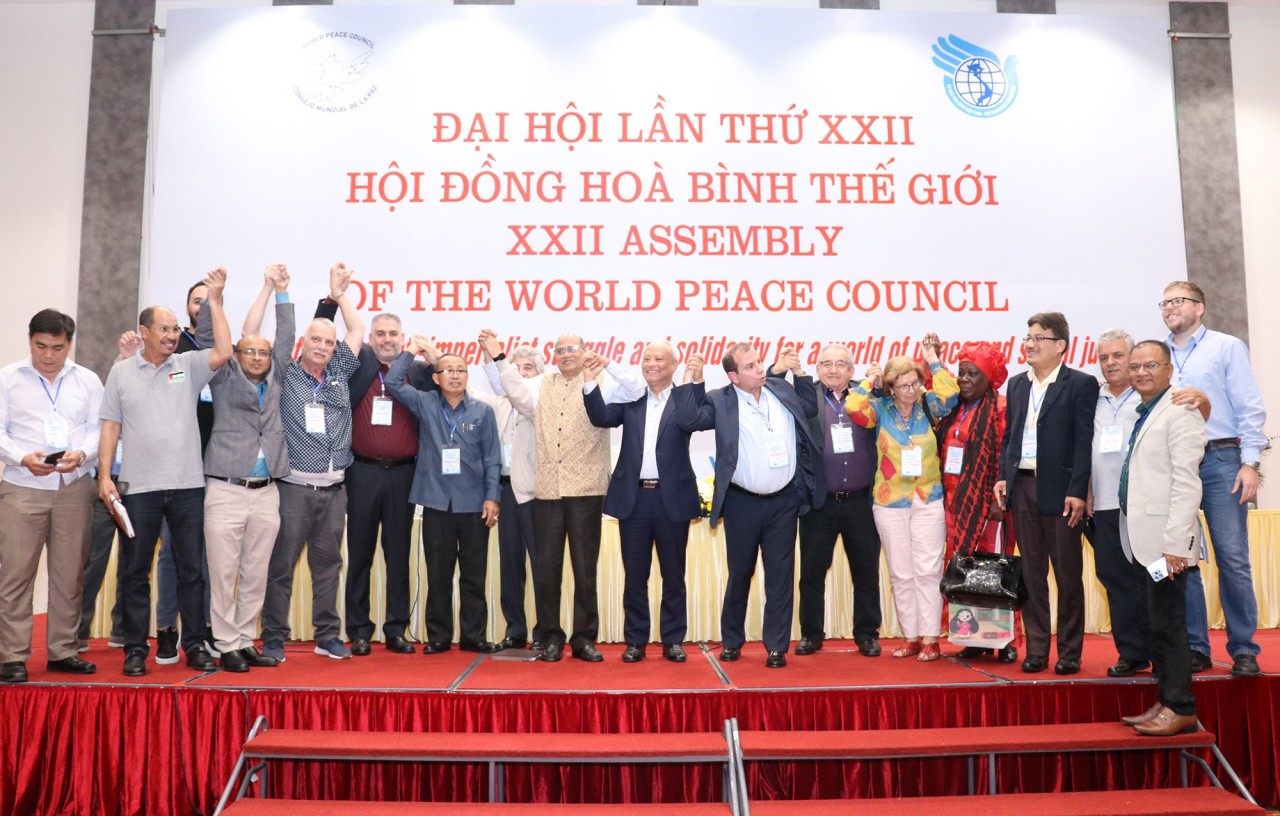 |
| The 22nd Congress of the World Peace Council in 2022 in Ha Noi. (Photo: VUFO) |
Implementing the policy of strengthening and elevating multilateral diplomacy, the Viet Nam Union of Friendship Organizations has actively participated in, and affirmed its core role at, major multilateral people-to-people cooperation forums in the region and the world, such as the ASEAN People’s Forum (APF), the Asia-Europe People’s Forum (AEPF), the World Conference against Atomic and Hydrogen Bombs (A&H), the ECOSOC Partnership Forum, the World Peace Council (WPC), the Afro-Asian People’s Solidarity Organization (AAPSO), and the Esperanto Movement. The Union has focused on expanding participation in mechanisms and forums within the frameworks of the United Nations, ASEAN, and the Mekong sub-region in the fields of peace, security, and sustainable development.
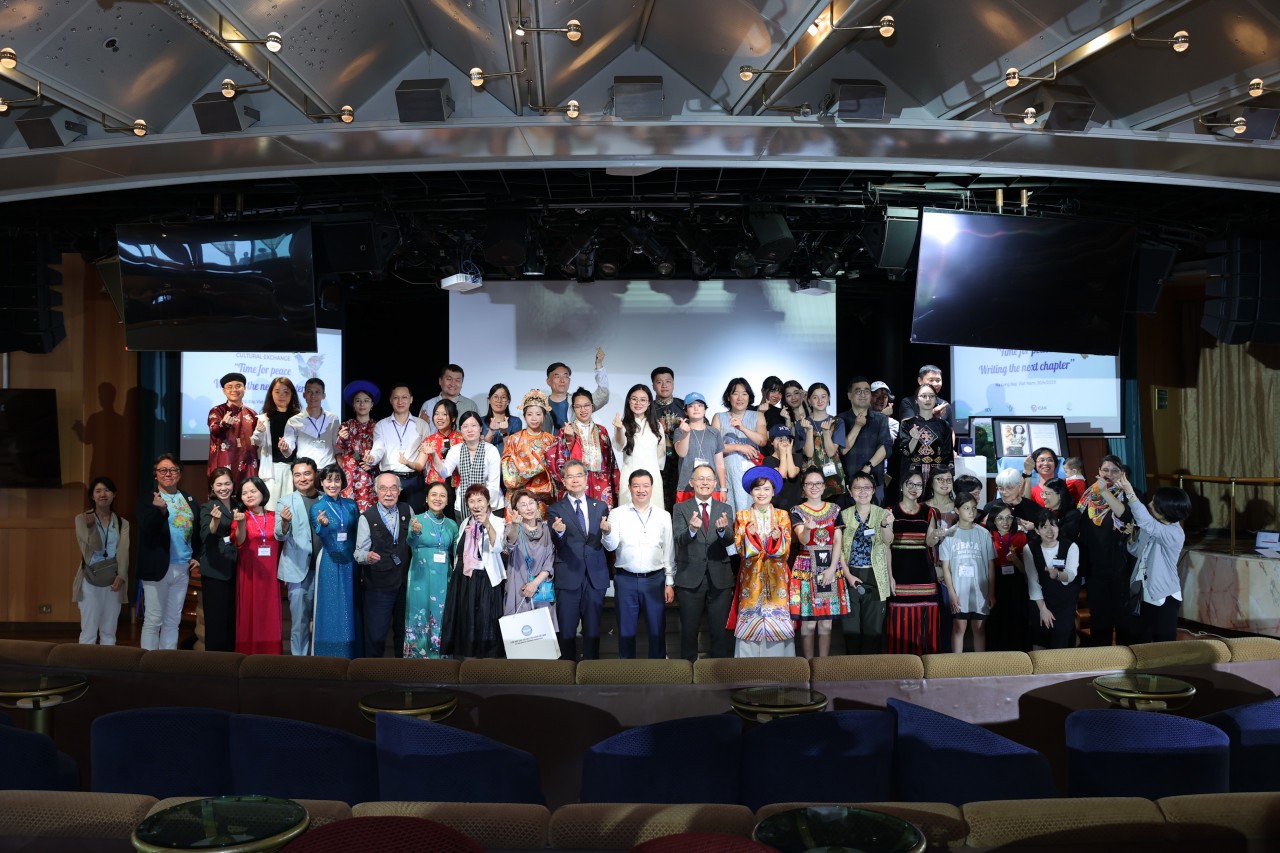 |
| The Viet Nam Union of Friendship Organizations, in coordination with the Peace Boat organization, organized the exchange program "Time for peace: Writing the next chapters" on the occasion of April 30, 2025. (Photo: Dinh Hoa) |
Recognizing and promoting advantages and characteristics
First and foremost, the advantage and distinctive feature of multilateral people-to-people diplomacy lies in its ability to mobilize, connect, and effectively promote the combined strength of people’s organizations inside and outside the country. This is also a profound lesson drawn from the history of Viet Nam’s revolution: combining national strength with the strength of the times. Multilateral diplomacy in general, and people-to-people diplomacy in particular, is an important channel to expand space for dialogue, cooperation, and the promotion and protection of national interests, especially in situations where official channels face difficulties.
In addition to these advantages, the multilateral people-to-people diplomacy of the Viet Nam Union of Friendship Organizations also has the unique advantage of a diverse, multilayered network of friends and partners from many countries, fields, and movements. These include traditional friends from the peace movement, labor movement, women’s movement, democratic youth movement, non-aligned movement, social-democratic movement, as well as partners in sustainable development, health, education, environmental protection, social security, gender equality, and the rights of vulnerable groups...
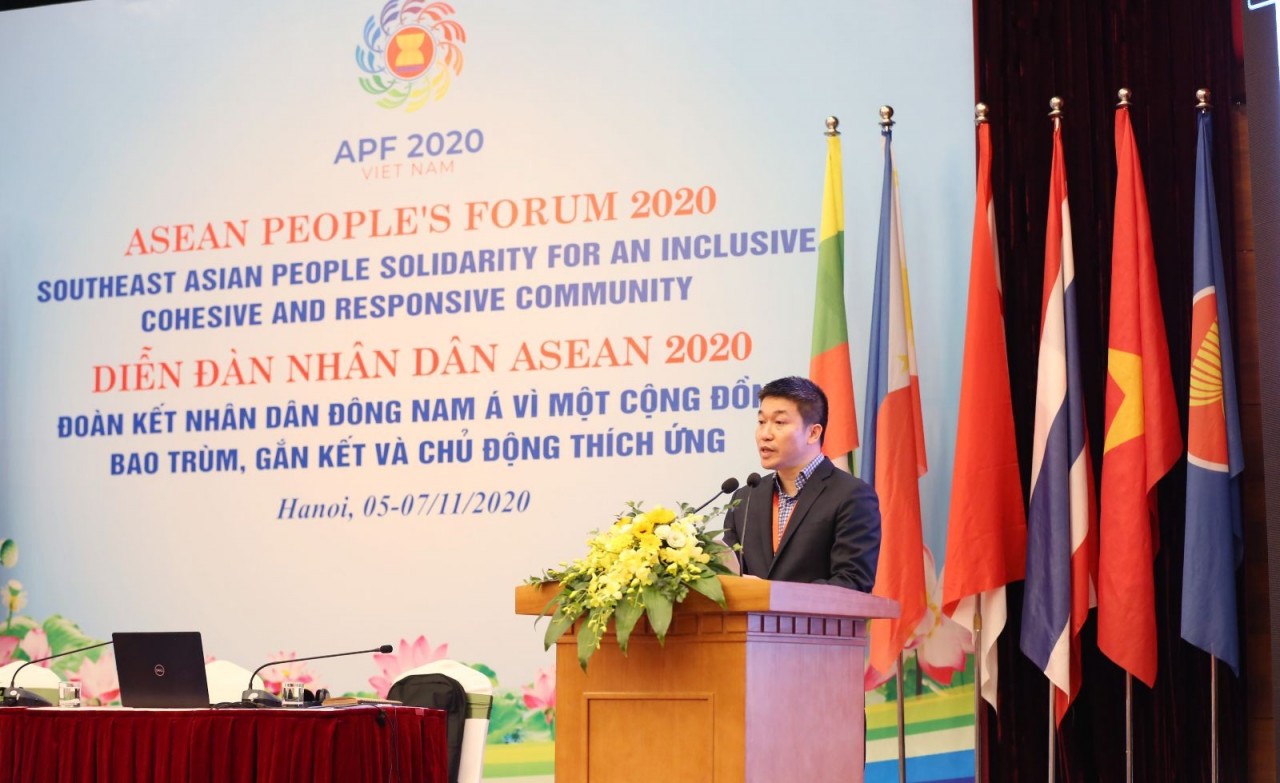 |
| The Viet Nam Union of Friendship Organizations, together with Vietnamese people’s organizations, hosted the ASEAN Peoples Forum 2020 (November 2020). (Photo: Thu Ha) |
To promote the advantages of multilateral people-to-people diplomacy, the Viet Nam Union of Friendship Organizations will focus on several priority tasks and solutions:
First, it is necessary to enhance awareness and deeply and comprehensively renew thinking about multilateral people-to-people diplomacy based on thoroughly grasping and effectively implementing the Party’s directives such as the Resolution of the 13th Party Congress, Resolution 59-NQ/TW of the Politburo, Directive 25-CT/TW of the Secretariat, and Conclusion 59-KL/TW on orientations for ASEAN participation to 2030. These should be translated into action programs and plans with clear objectives, priorities, and selectivity.
Second, it is essential to further improve the quality of monitoring, research, and advisory work related to people’s movements and major trends, as well as global issues directly affecting Viet Nam. This will enable timely advice to the Party and the State, and the proactive proposal of new multilateral cooperation initiatives associated with implementing Viet Nam’s international integration priorities such as economic-trade cooperation, health, education, environmental protection, science-technology and innovation, green transition, digital transformation, and improving the quality of human-resource integration.
Third, attention must be paid to building a contingent of staff for multilateral people-to-people diplomacy who possess strong political steadfastness, understanding of international issues, foreign-language proficiency, and multilateral diplomatic skills. The Viet Nam Union of Friendship Organizations needs to strengthen training and professional development to create a high-quality human-resource pool capable of meeting the increasingly complex requirements of multilateral people-to-people diplomacy.
Fourth, it is necessary to be more proactive in inter-agency coordination among the three pillars of external relations (Party diplomacy, State diplomacy, and people-to-people diplomacy), and among people’s organizations within the system of the Viet Nam Fatherland Front. This will enhance effectiveness, complementarity, and coordinated action in selecting and participating in important multilateral forums and mechanisms, especially in promoting and safeguarding national interests in multilateral channels.
Fifth, multilateral people-to-people diplomacy must aim to serve the integration and development needs of localities and enterprises. It must understand their needs and deliver practical value associated with local development and international integration.
![[Photo] Viet Nam Union of Friendship Organizations Presents Report to President Ho Chi Minh on Occasion of its 75th Traditional Day [Photo] Viet Nam Union of Friendship Organizations Presents Report to President Ho Chi Minh on Occasion of its 75th Traditional Day](https://vietnamtimes.thoidai.com.vn/stores/news_dataimages/2025/112025/14/10/thumbnail/40e3ab8281d4ab798f0744b1f1ad06b2.jpg?rt=20251114104154) | [Photo] Viet Nam Union of Friendship Organizations Presents Report to President Ho Chi Minh on Occasion of its 75th Traditional Day On November 13 in Hanoi, the Viet Nam Union of Friendship Organizations (VUFO) held a ceremony to present its report to President Ho Chi Minh ... |
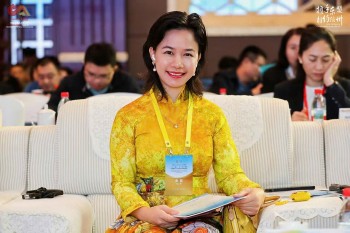 | Dr. Tra My: People-to-people Ties are Key to Fostering Viet Nam-China Relations The Viet Nam Union of Friendship Organizations (VUFO) serves as a reliable bridge, creating favorable conditions for the Viet Nam Business Association in China to ... |
Recommended
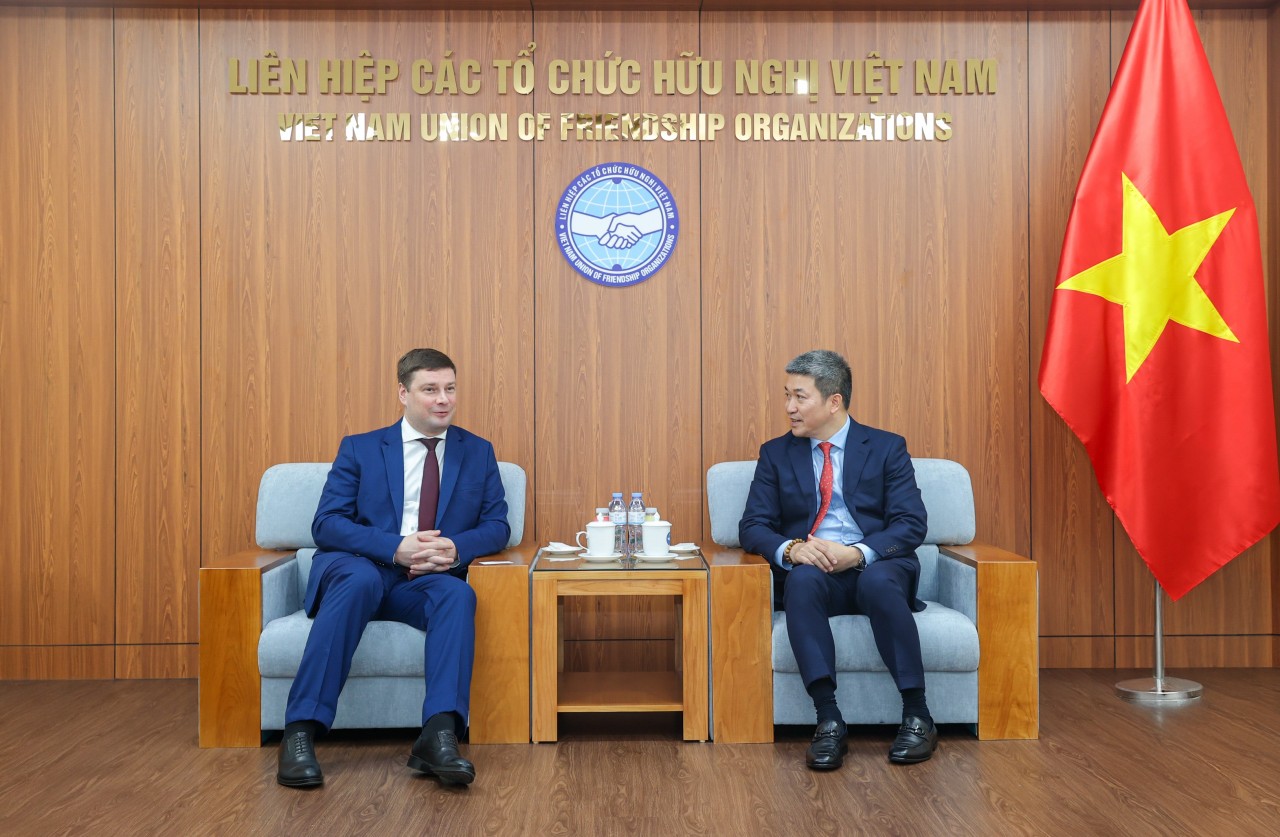 Friendship
Friendship
Enhancing Educational Cooperation, Promoting Vietnam-Russia Friendship
 Focus
Focus
"Vietnamese & American Sons and Daughters Meeting": Healing War Wounds and Deepening Vietnam-US People-to-People Bonds
 Friendship
Friendship
Promoting People-to-People Exchanges Between Vietnamese and Palestinian Youth
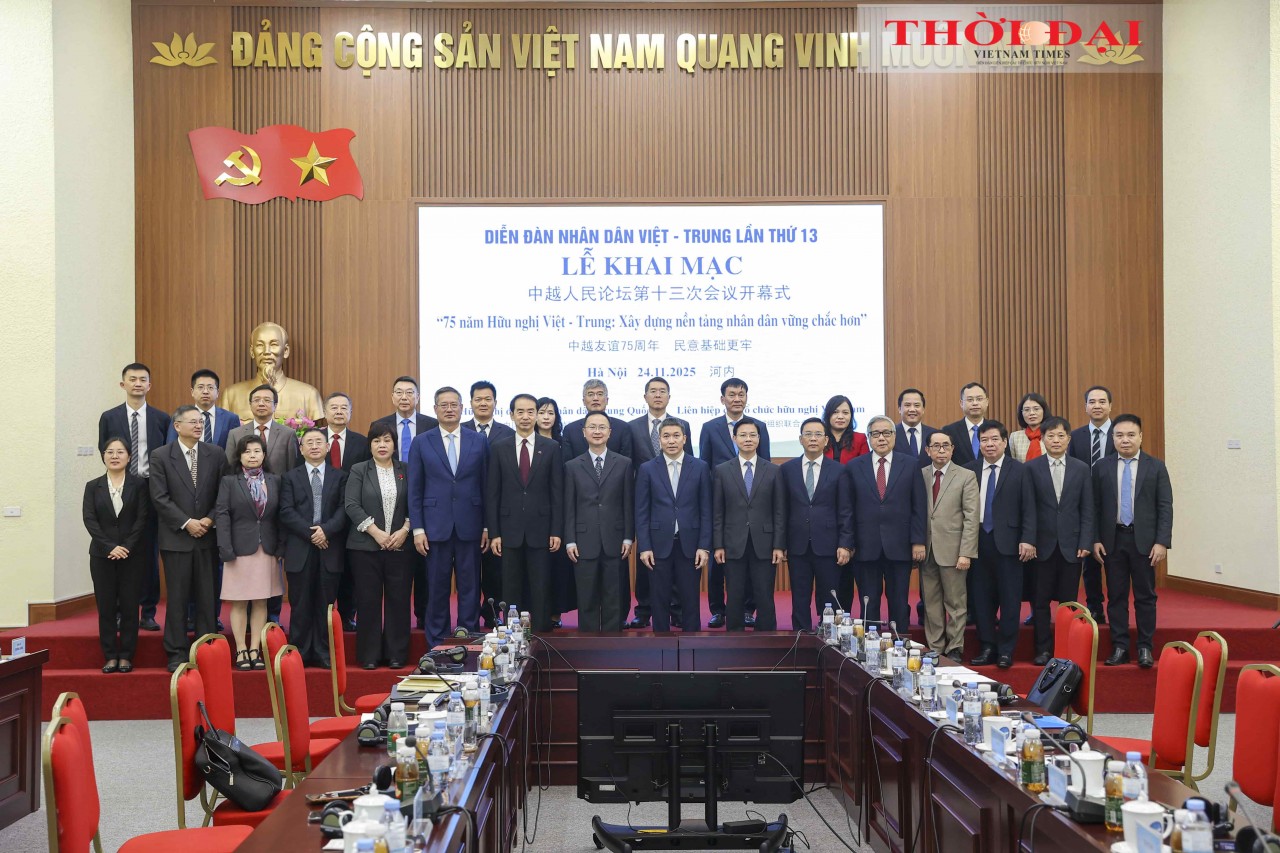 Friendship
Friendship
Opening Ceremony of 13th Viet Nam-China People’s Forum: Strengthening Relations from People’s Foundation
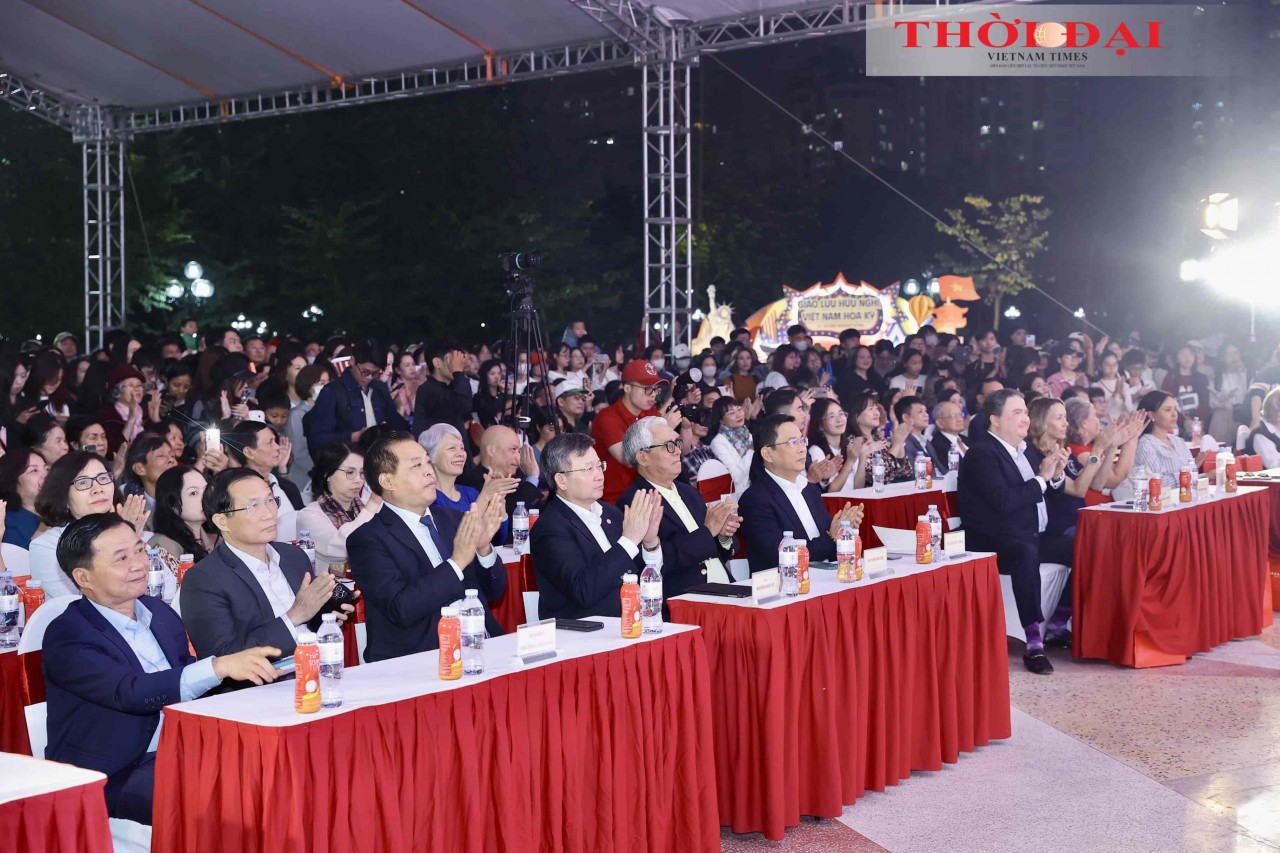 Friendship
Friendship
Vietnam-US Friendship Festival: Enhancing Mutual Understanding and Strengthening Trust Between Peoples of Two Countries
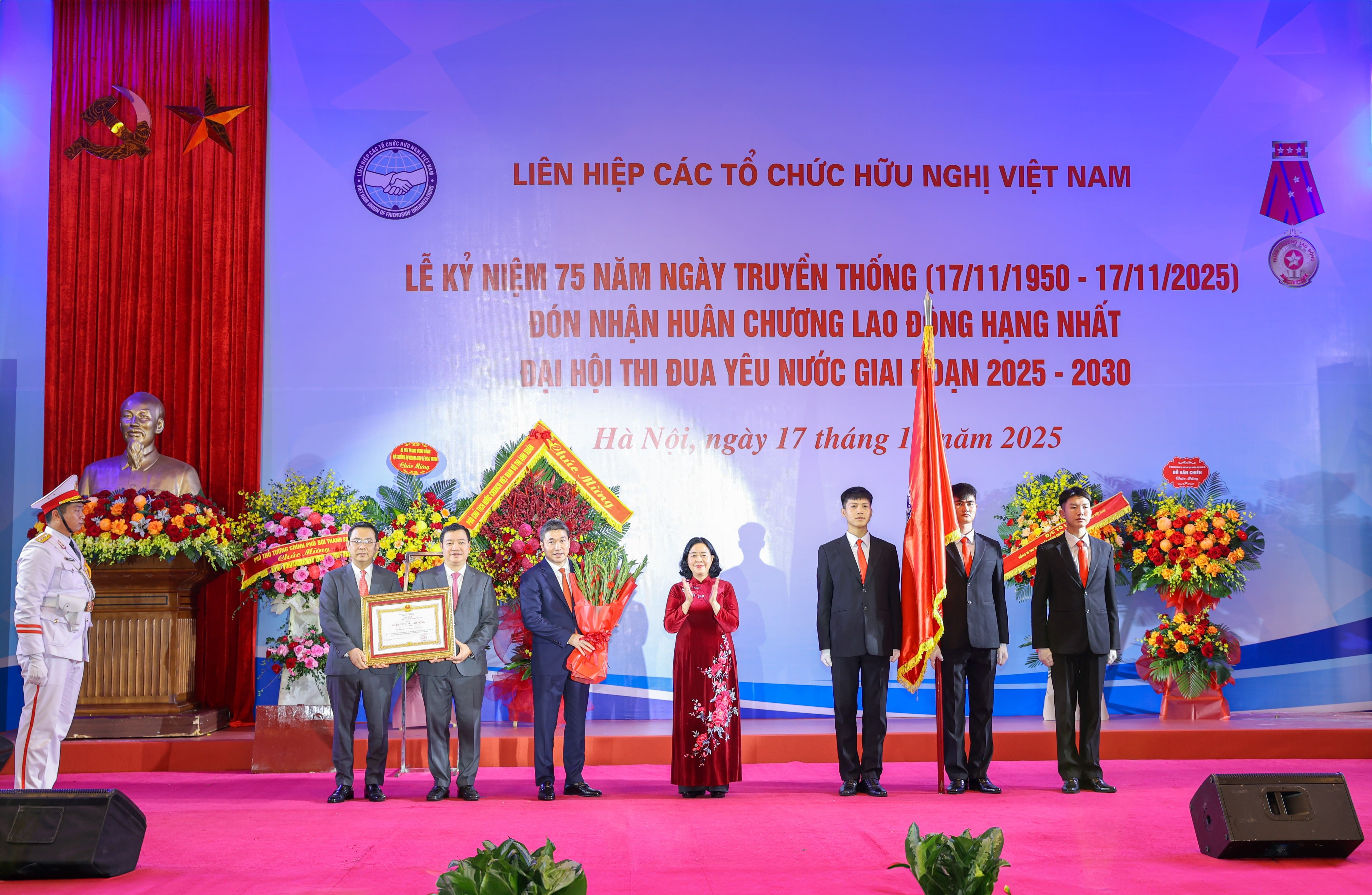 Friendship
Friendship
Viet Nam Union of Friendship Organizations Celebrates 75th Anniversary of Traditional Day and Patriotic Emulation Congress for 2025-2030 Period
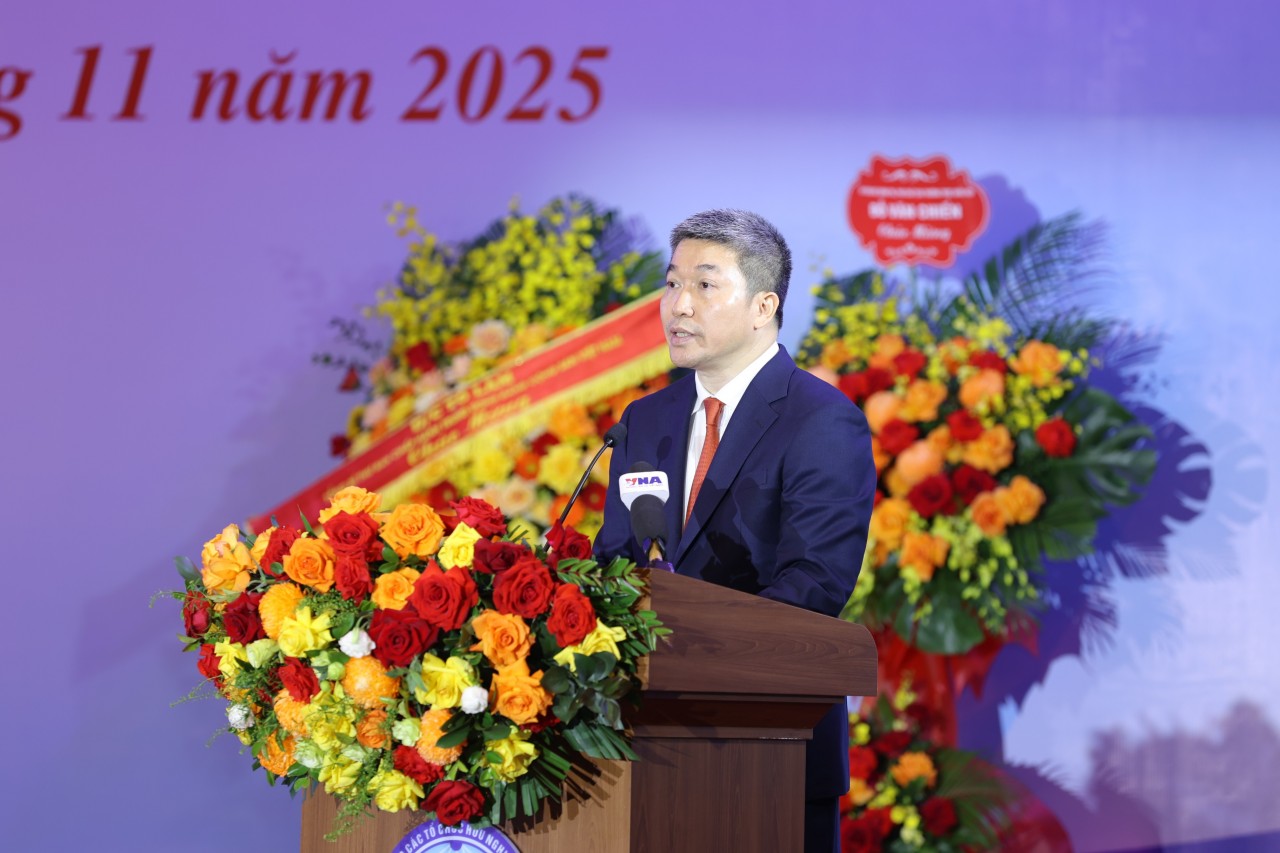 Friendship
Friendship
Remark on 75th Anniversary of the Traditional Day of the Viet Nam Union of Friendship Organizations
 Friendship
Friendship


